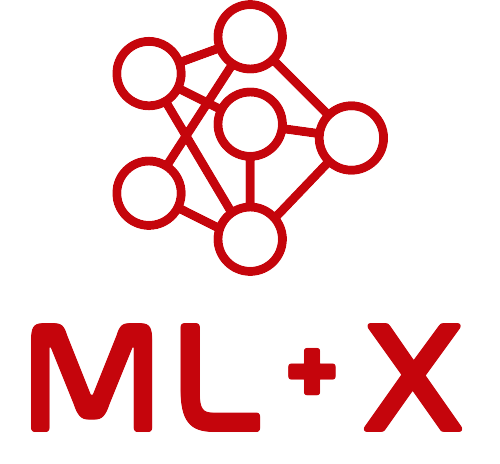U-Net: Convolutional Networks for Biomedical Image Segmentation
About this resource
U-Net is a convolutional neural network architecture designed for biomedical image segmentation. Introduced in 2015 by Ronneberger and colleagues in the paper, “U-Net: Convolutional Networks for Biomedical Image Segmentation”, U-Net’s encoder-decoder architecture, combined with skip connections, allows for high accuracy in pixel-wise classification tasks. It remains one of the most widely used models for segmentation across various domains, from medical imaging to satellite image analysis.
Key features
- Encoder-Decoder Architecture: U-Net utilizes a contracting path (encoder) for context and an expansive path (decoder) for localization, making it effective in segmentation tasks.
- Skip Connections: These connections between encoder and decoder layers allow for the preservation of spatial information, leading to more accurate segmentation.
- Data Efficiency: U-Net is effective even with relatively small datasets, a common scenario in medical and specialized imaging tasks.
Timeline context
U-Net has been pivotal in advancing image segmentation since its introduction in 2015. Here is a timeline placing U-Net in the broader context of computer vision model development.
- LeNet (1998): One of the first CNN architectures for digit recognition.
- AlexNet (2012): Significantly improved CNN performance using deep learning and GPUs for large-scale image classification.
- VGGNet (2014): Simplified CNN architecture by using small convolutional filters, deeper layers.
- Fully Convolutional Networks (FCN) (2014): Pioneered fully convolutional networks for image segmentation.
- SegNet (2015): Encoder-decoder architecture optimized for road scene segmentation.
- U-Net (2015): Designed for biomedical image segmentation with an encoder-decoder architecture and skip connections.
- ResNet (2015): Introduced residual learning to address vanishing gradient problems in deep networks.
- Mask R-CNN (2017): Extended Faster R-CNN for pixel-level segmentation tasks.
- Vision Transformer (ViT) (2020): Applied transformer models for image classification tasks.
- Swin Transformer (2021): Hierarchical transformer for vision tasks with improved efficiency.
- Segment Anything (SAM) (2023): A foundation model for segmentation, offering high generalization across image domains.
U-Net variants
- Attention U-Net: Introduces attention mechanisms to U-Net for more accurate segmentation.
- 3D U-Net: Designed for 3D medical imaging tasks such as volumetric segmentation.
- ResUnet: Combines U-Net with residual connections for enhanced performance in complex tasks.
- nnU-Net: A self-configuring, state-of-the-art variant for deep learning-based biomedical image segmentation. nnU-Net adapts automatically to a given dataset, optimizing network topology, preprocessing, and postprocessing. Widely used in biomedical challenges and competitions, it serves as both a strong baseline and a development framework for researchers.
Model playground
Tutorials and Getting Started Notebooks
- nnU-Net: Scroll down on the nnU-Net GitHub README for documentation on installing, finetuning, and more.
High-level tips for effective use
- Pre-trained Encoders: Consider using pre-trained encoders from models like ResNet or EfficientNet to improve performance.
- Regularization Techniques: Apply dropout, early stopping, or weight decay to prevent overfitting, especially on small datasets.
- Data Augmentation: Employ data augmentation techniques when working with small datasets to improve model generalization.
- Optimizing Loss Function: Use specialized loss functions such as Dice coefficient or Intersection over Union (IoU) for pixel-wise optimization.
- Architectural Adjustments: Depending on your dataset size, experiment with deeper or shallower architectures to balance overfitting and underfitting risks.
Questions?
If you have any lingering questions about this resource, please feel free to post to the Nexus Q&A on GitHub. We will improve materials on this website as additional questions come in.
See also
- Playlists: ML4MI Seminar. Biomedial applications of ML (especially computer vision) at UW-Madison.
- Video: Vision, Language, and Vision-Language Modeling in Radiology: In this ML4MI seminar, Tyler Bradshaw highlights the history and current use of vision (e.g., UNET), language, and vision-language models in medical imaging.
- Model hub: MONAI - Medical Open Network for AI. An open-source, community-supported framework for deep learning in healthcare imaging
- Workshop: Introduction to Deep Learning with PyTorch. Learn how to use PyTorch to build and train deep learning models.
